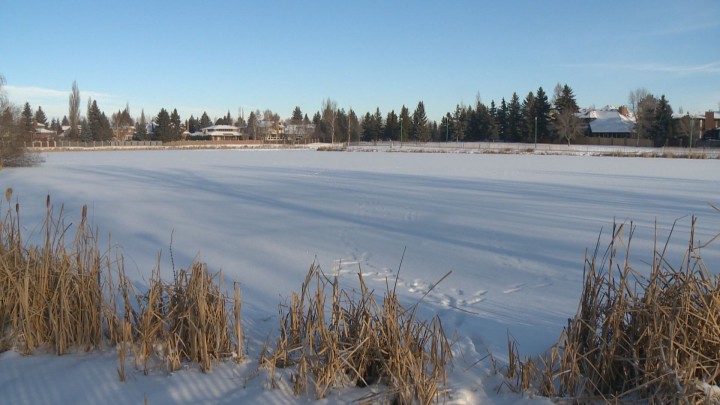It could be wetter than normal in the coming months for parts of Saskatchewan.

However, Saskatchewan’s Water Security Agency (WSA) said Wednesday that even if there is an above-normal snowpack, the chance of an above-normal runoff is not likely.
The agency said that is due to dry conditions at freeze-up.
A minimal runoff last spring, followed by a mostly hot and dry summer, has left many agricultural areas of the province with drier than normal conditions.
Conditions are driest in the Saskatoon area, extending out to Rosetown, Leader and the Maple Creek area.
The capacity of soils and the storage capacity within wetlands areas will be higher, reducing the risk of above-normal runoff come the spring, said the WSA.
The Saskatoon region is currently under an exceptional drought, according to the Canadian Drought Monitor.
An exceptional drought represents conditions that historically appear less than two years in 100.
The WSA is painting a similar runoff picture for the north.
- Budget 2024 failed to spark ‘political reboot’ for Liberals, polling suggests
- Train goes up in flames while rolling through London, Ont. Here’s what we know
- Peel police chief met Sri Lankan officer a court says ‘participated’ in torture
- Wrong remains sent to ‘exhausted’ Canadian family after death on Cuba vacation
Northern Saskatchewan received below-normal rainfall during the 2021 growing season, but that was mitigated by wet conditions from 2020.
This caused water levels to remain high throughout the first half of the year before tapering off to near normal heading into freeze-up, the WSA reported.
Winter flows in the north area are expected to continue to drop to slightly below normal during the course of the winter, the agency added.
Early modelling released by the WSA indicates central and northern parts of the province could have wetter than normal conditions between December and March 2022.
The rest of the province should have near-normal precipitation during the same time period.
Freeze-up conditions, in combination with the winter snowpack, are used by the WSA to provide an early indication of areas more vulnerable to above- or below-normal runoffs.
The first spring runoff report will be issued by the WSA in February 2022.





Comments